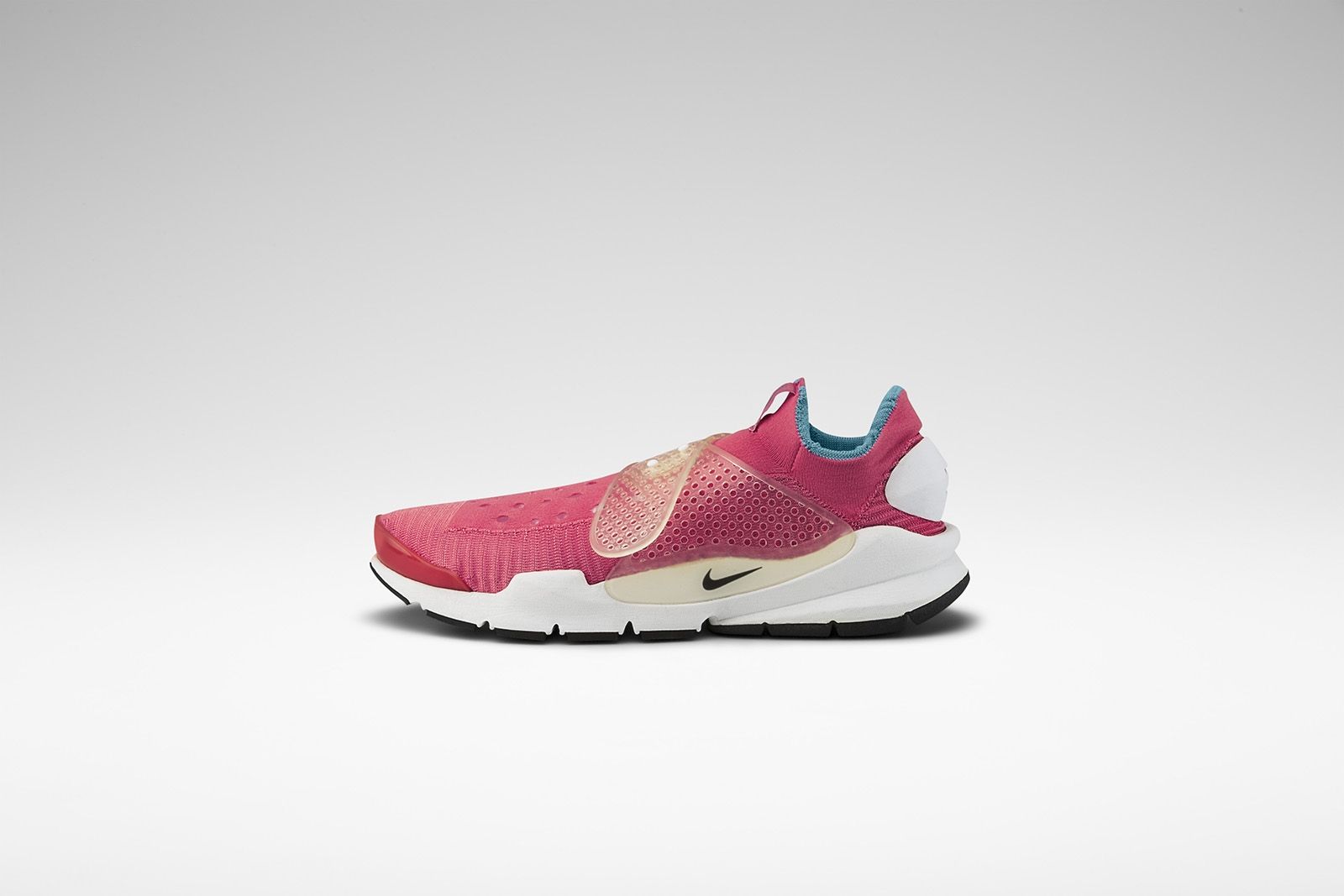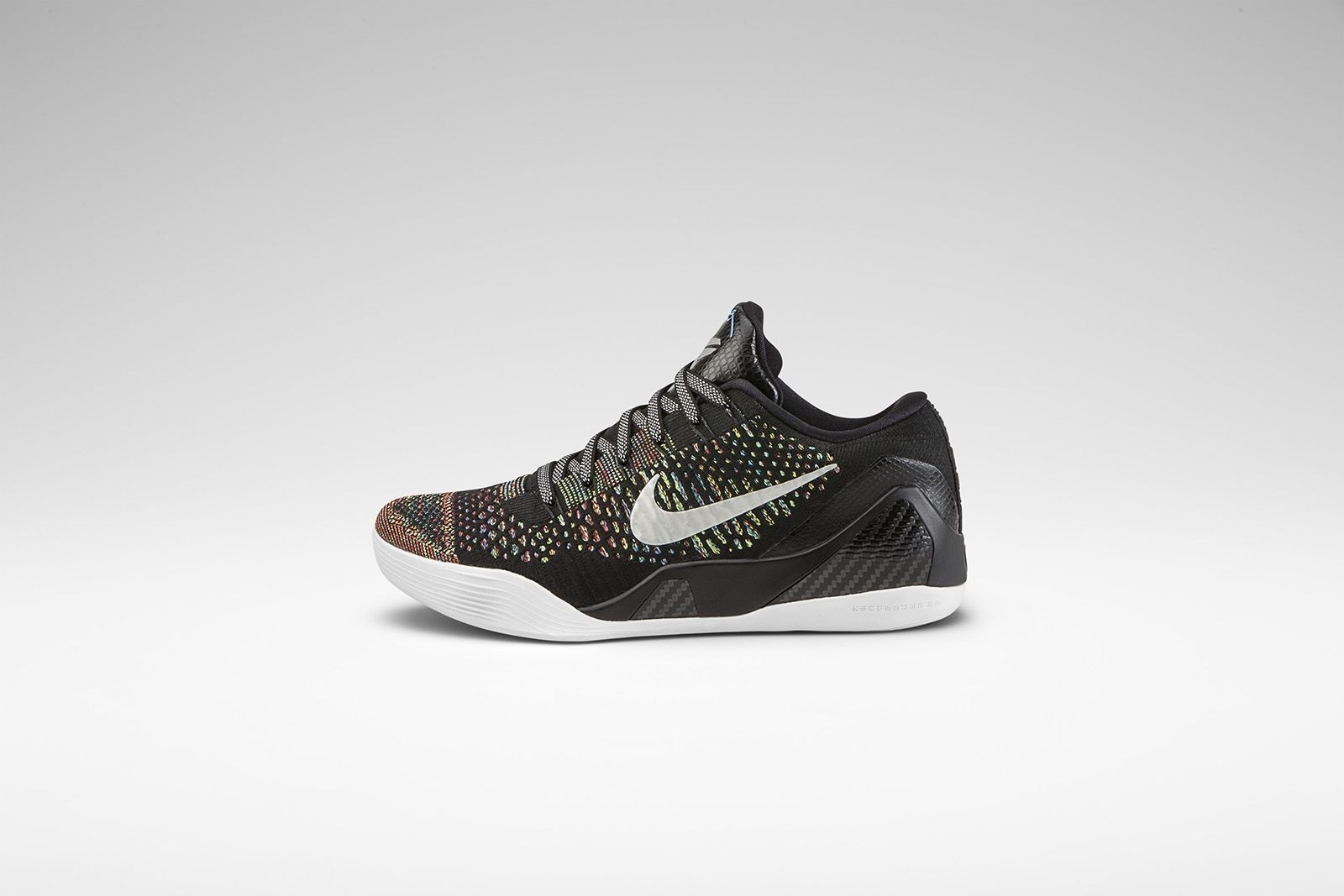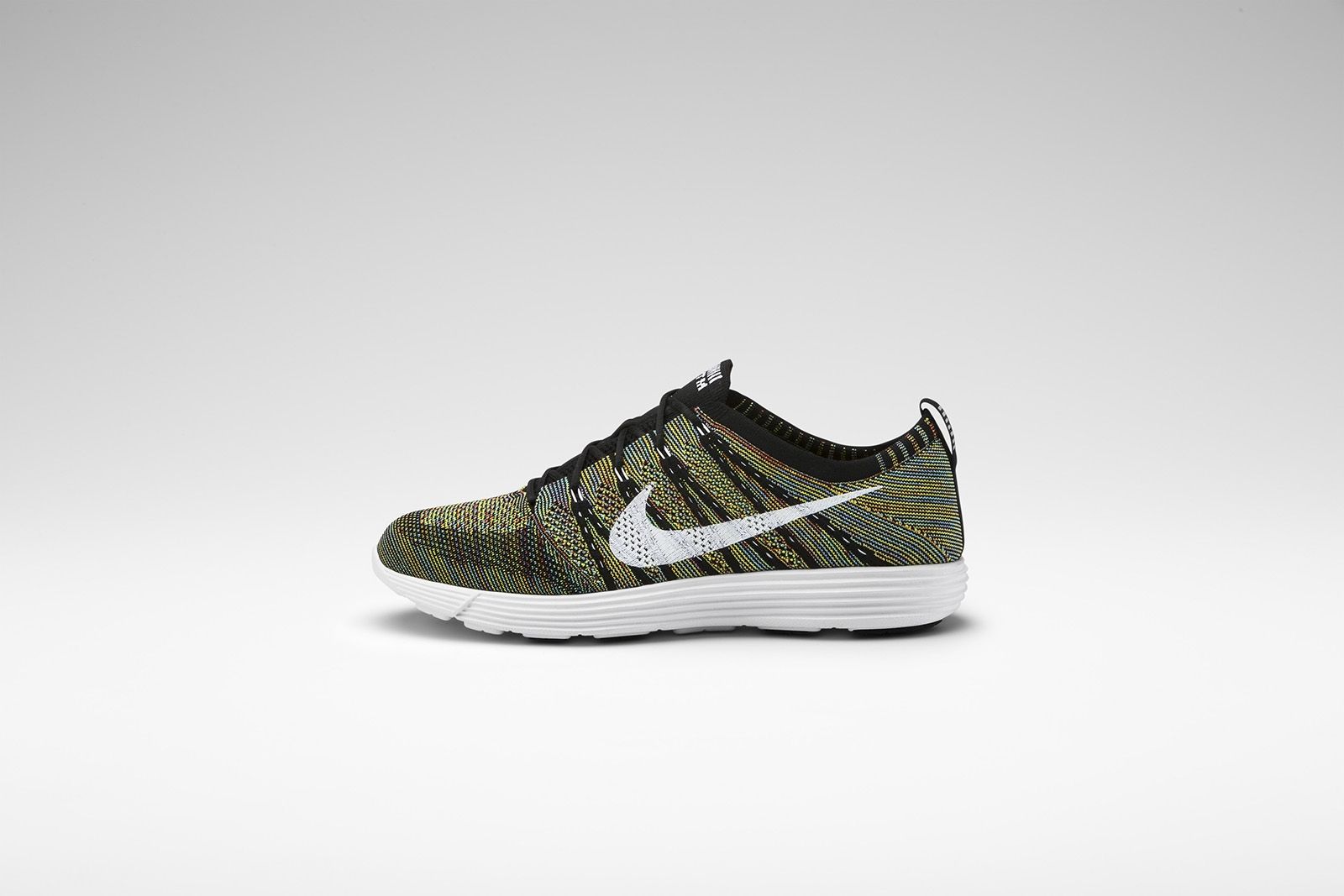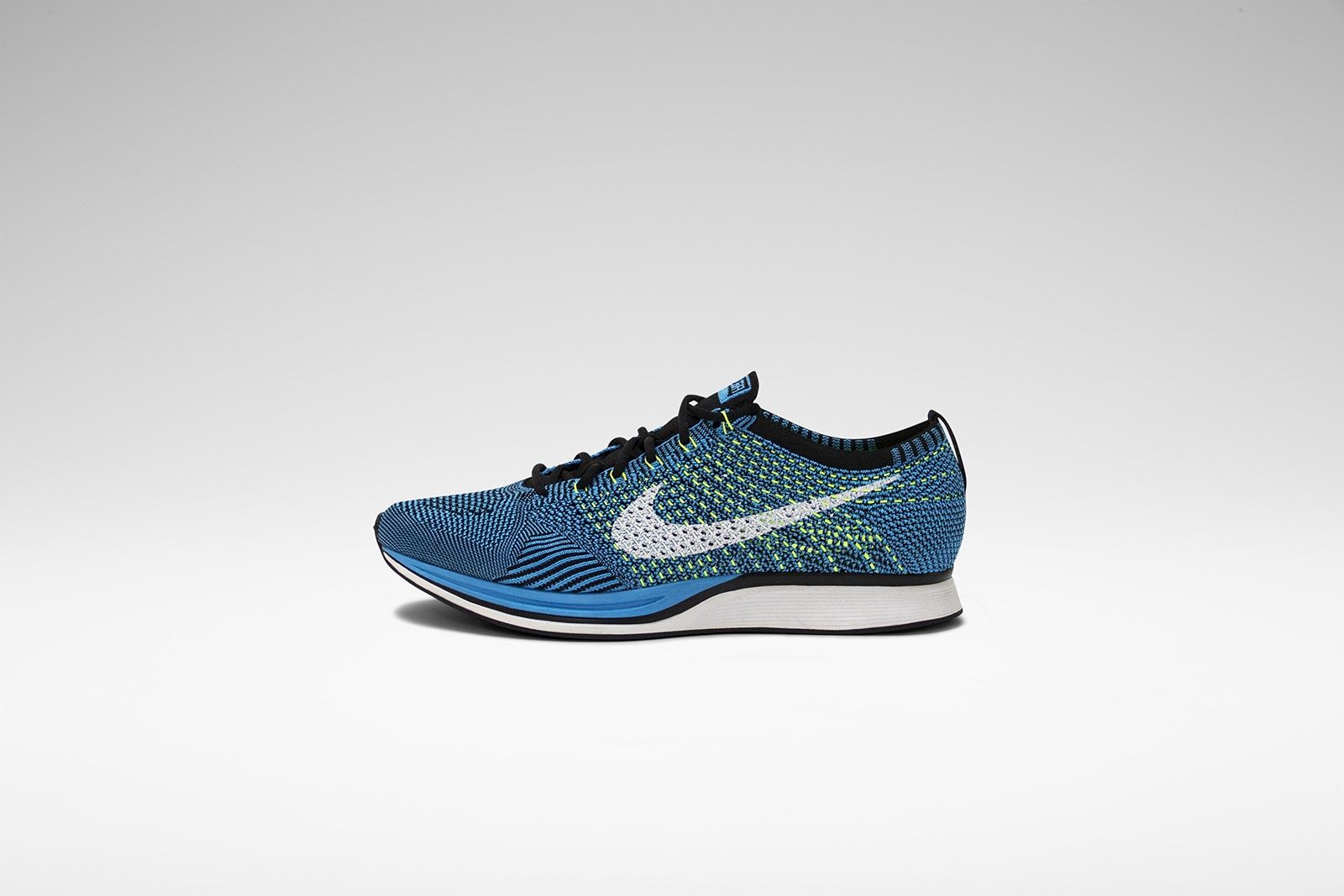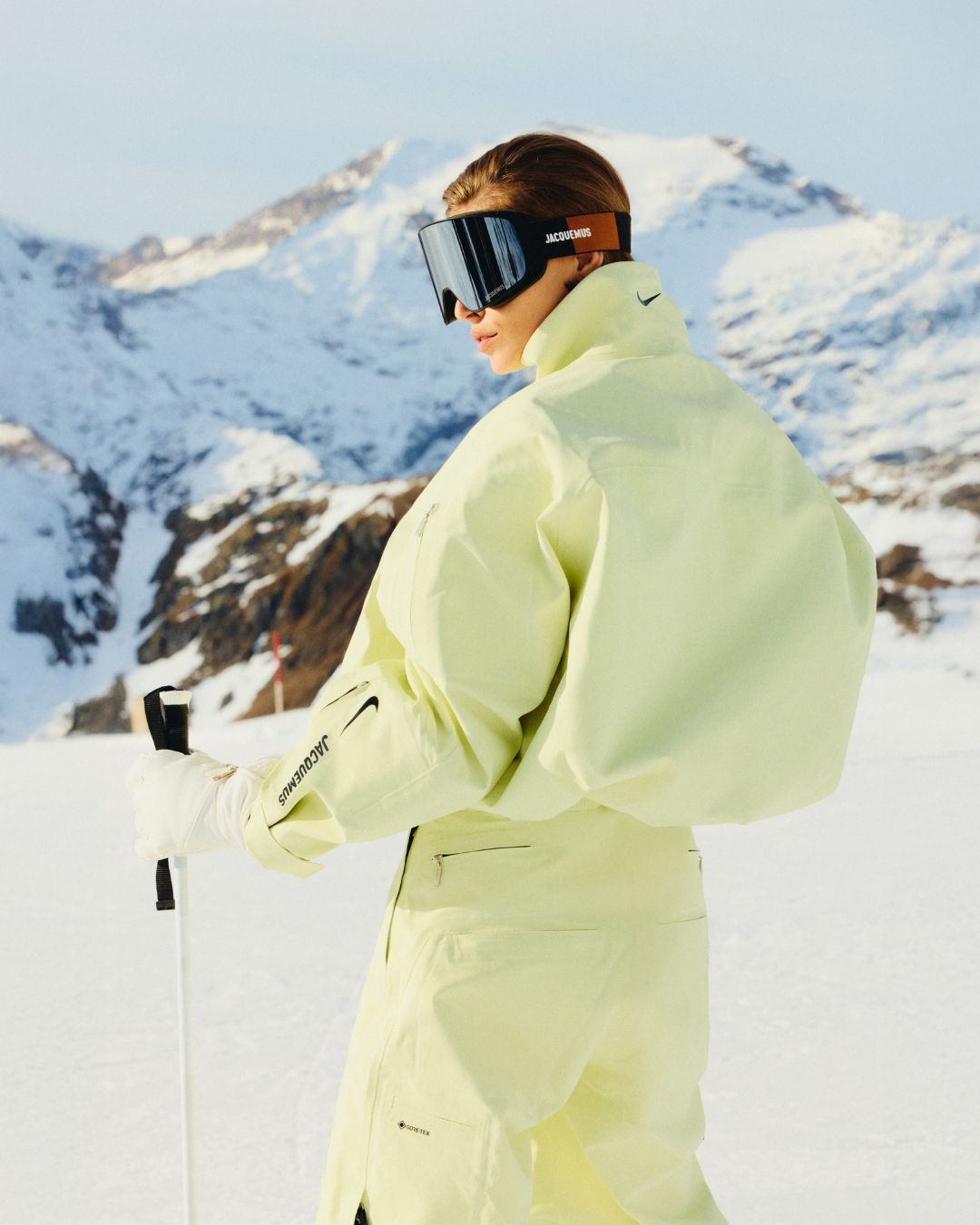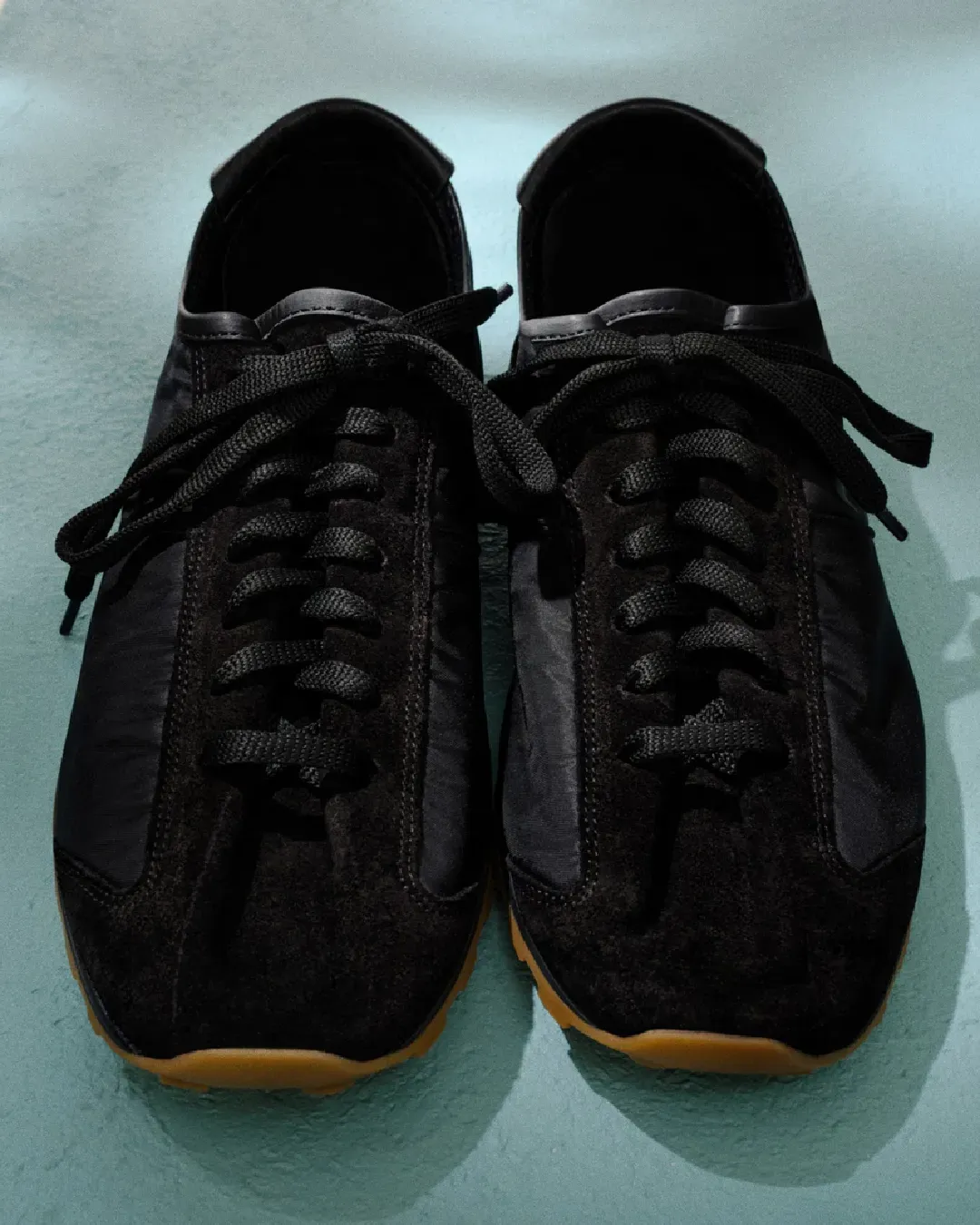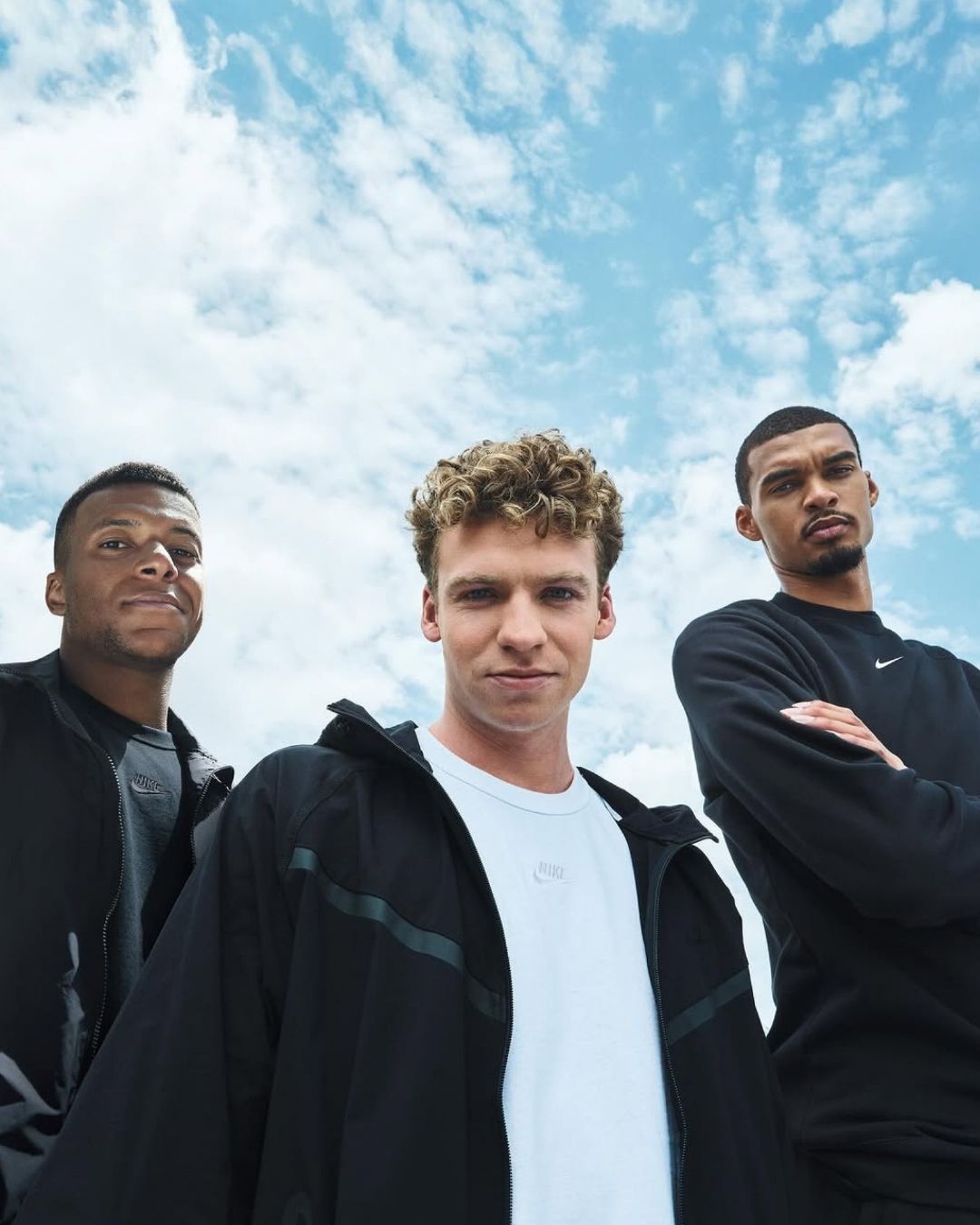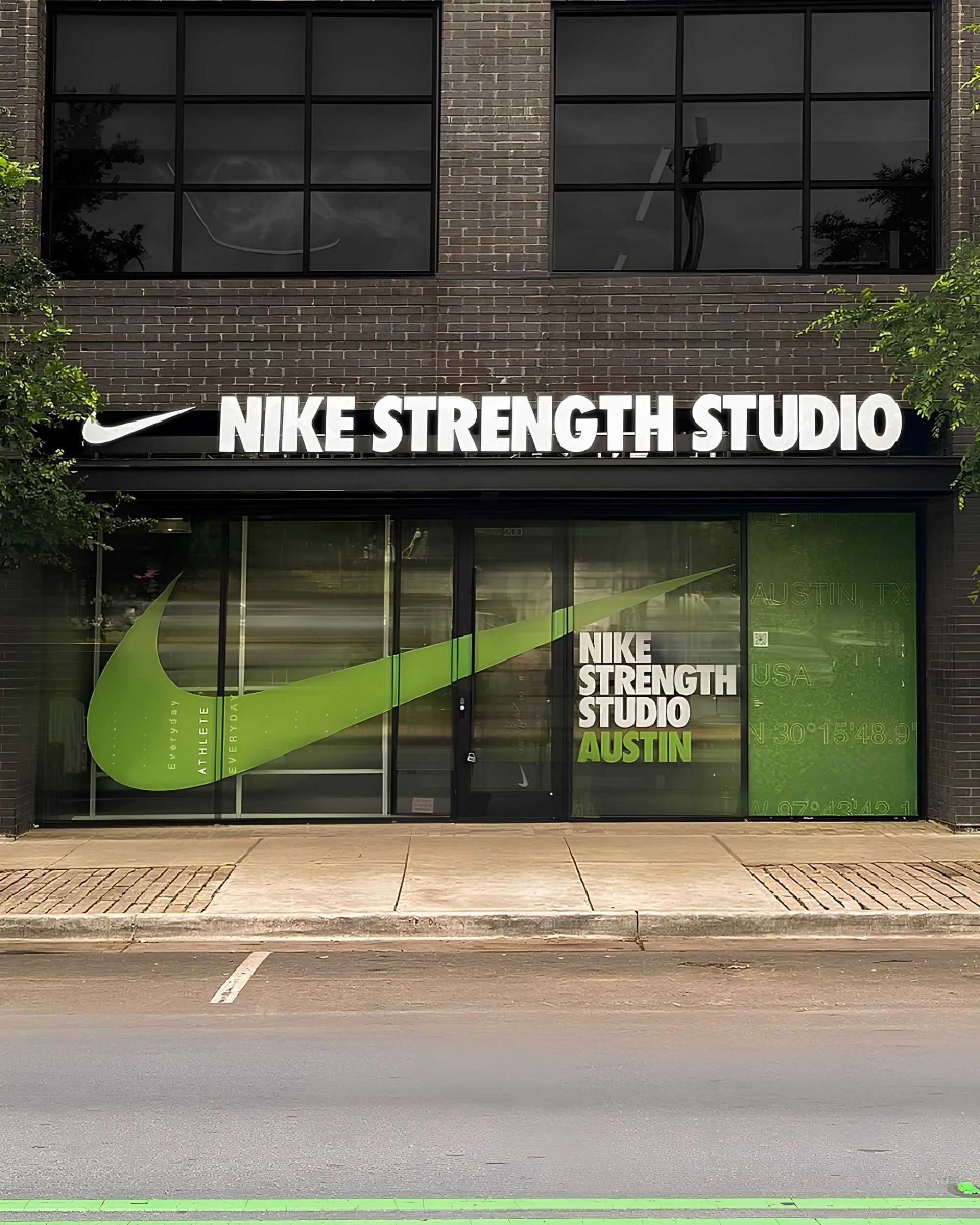
Everything you need to know about the HTM trio Hiroshi Fujiwara,Tinker Hatfield & Mark Parker
HTM represents the collaboration between Hiroshi Fujiwara, founder of fragment design and famous for his work in the Harajuku Street Fashion scene; Tinker Hatfield, Vice President of Creative Concepts and designers of the most iconic silhouette Nike; Mark Parker, Nike's President and CEO.
HTM are the initials of the project founders' names and represents the imprint of their three different personalities on the design process of each product, demonstrating how any design can be adapted to everyday life.
Thanks to Mark Parker's ability to choose the people to work with, to Hiroshi's unparalleled creativity and Tinker's ability to combine elements such as design, performance, innovation and style, this collaboration has seen the birth of 32 releases - which have underlined the goal of reinterpreting the most classical silhouettes, enhance new technologies and pave the way for future applications.
The HTM collaboration debuted in 2002 with an unparalleled reinterpretation, through the use of premium materials, of the Nike Air Force 1.
2004 is the year of the Nike Sock Dart, a futuristic and innovative shoe with a minimalist but at the same time sophisticated design, which was the result of Tinker's experimentation.
Only in 2012 Nike's work with knitting has made a very decisive step leading to the introduction of the revolutionary Flyknit technology and the launch of the Nike HTM Flyknit Racer and Nike HTM Flyknit Trainer +, with a simple but extremely technical look. In order to accentuate the incredible knitting, they decided to use different colored yarns: one of the best choices they could have done, which perfectly expressed Nike's new design concept.
In 2014 HTM worked for the first time on a basketball shoe: the Kobe IX Elite Low. This creation has allowed to celebrate the great evolution of Flyknit, which, after being applied to the running could also be used in basketball.
After 14 years HTM still represents the opportunity to add to the most iconic silhouettes a sense of particular refinement, making them valuable through the use of unexpected materials and colors. The lack of time and budget limits is the proof that without pressure they can work even better, just focusing on making a more interesting shoe, without having to compromise on materials or on the construction of the shoe itself.










































